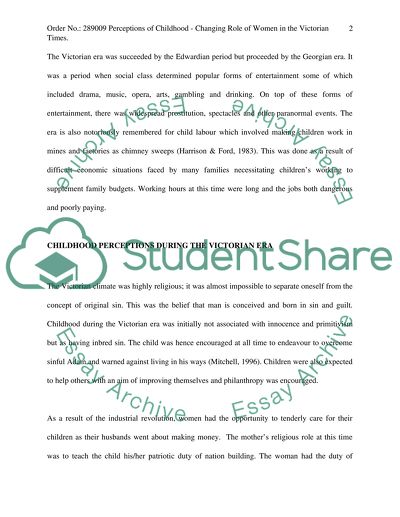Cite this document
(“THE VICTORIAN ERA Essay Example | Topics and Well Written Essays - 1750 words”, n.d.)
THE VICTORIAN ERA Essay Example | Topics and Well Written Essays - 1750 words. Retrieved from https://studentshare.org/history/1525524-the-victorian-era
THE VICTORIAN ERA Essay Example | Topics and Well Written Essays - 1750 words. Retrieved from https://studentshare.org/history/1525524-the-victorian-era
(THE VICTORIAN ERA Essay Example | Topics and Well Written Essays - 1750 Words)
THE VICTORIAN ERA Essay Example | Topics and Well Written Essays - 1750 Words. https://studentshare.org/history/1525524-the-victorian-era.
THE VICTORIAN ERA Essay Example | Topics and Well Written Essays - 1750 Words. https://studentshare.org/history/1525524-the-victorian-era.
“THE VICTORIAN ERA Essay Example | Topics and Well Written Essays - 1750 Words”, n.d. https://studentshare.org/history/1525524-the-victorian-era.


